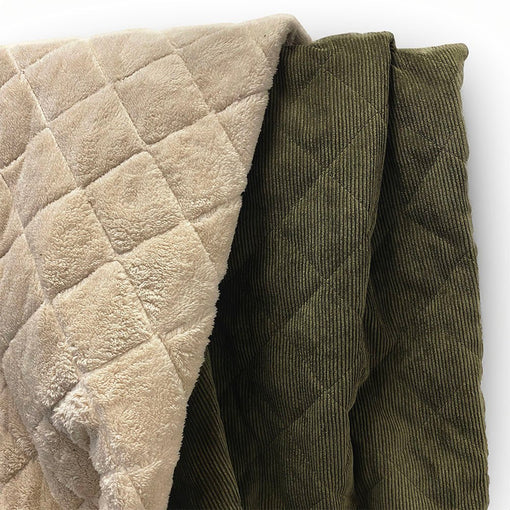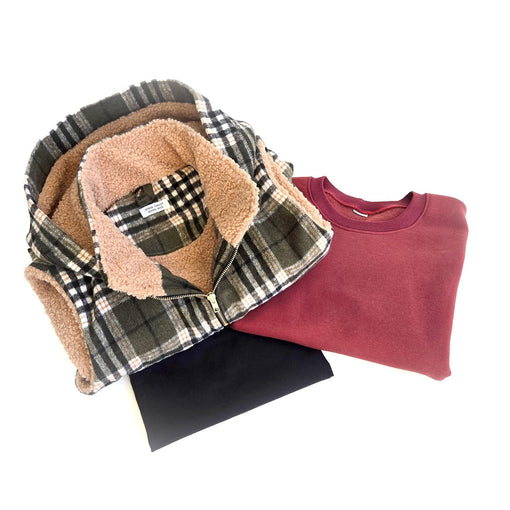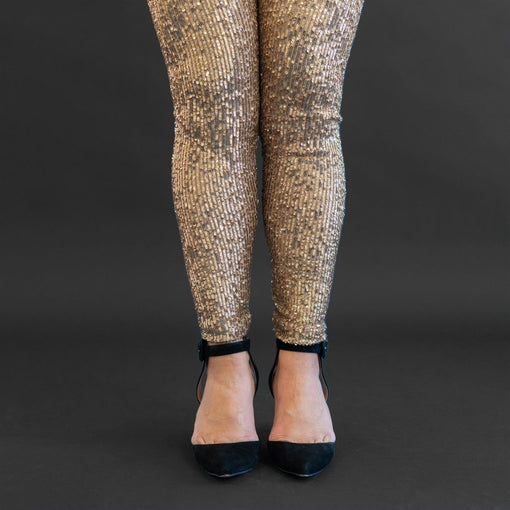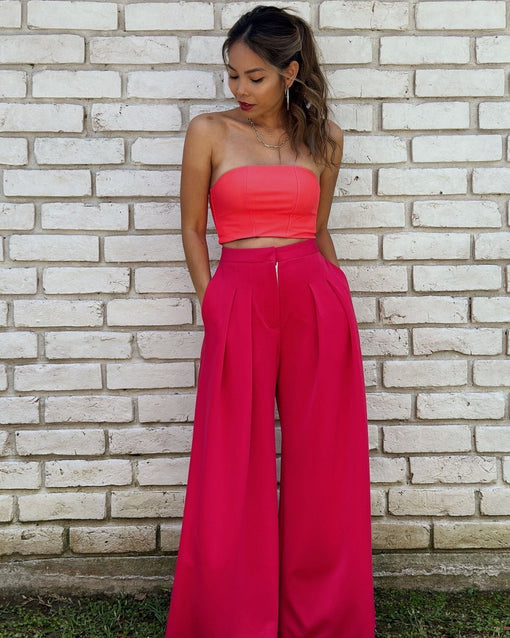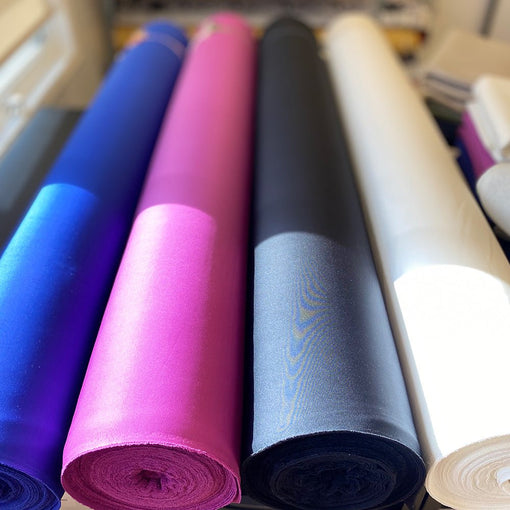
- Article published at:
- Article author: Fabric Team
- Article comments count: 0
Looking for the perfect gift for someone who loves to sew?
Whether they’re a seasoned seamstress or a beginner with a brand-new machine, thoughtful sewing gifts are always appreciated. We’ve rounded up our favourite ideas at three budget-friendly price points — under $20, under $50, and under $100 — so you can find something special no matter your budget.
🎁 Gifts for Sewists Under $20
You don’t have to spend a lot to surprise a sewing enthusiast! These affordable options are practical, cute, and sure to be used often.
Sew In Labels – Add a little sass and personality to their finished projects.
Magnetic Pin Cushion – Keeps pins organized and easy to grab.
Fabric Marking Pens – Washable, vibrant, and perfect for precise designs.
Sewing-Themed Enamel Pins or Stickers – Add a touch of personality to any sewing bag.
Thread Snips – Sharp, compact, and essential for clean finishes.
Thread Bundle - 5 spools of basic Gutermann colours (Black, White, Navy, Grey, Vanilla)
💡 Tip: Bundle a few small items together for a personalized sewing kit gift!
✂️ Gifts for Sewists Under $50
These mid-range gifts balance practicality with a little indulgence. Perfect for hobbyists who appreciate quality tools.
Cutting Kit – A F+F exclusive that includes an Olfa Rotary Cutter, replacement blades and fabric weights. A rotary cutter is a must-have for cutting fabric accurately.
Self Healing Mat – To go along with the Rotary Cutter
Fabric Bundles – You can never have too much fabric - or better yet a Gift Card to their fave store so they can pick out their own goodies!
Adjustable Sewing Gauge or Ruler Set – Helps achieve perfect hems and measurements.
Cute Sewing Room Decor - Think vintage-style signs or a custom nameplate for their craft space
🧷 Gifts for Sewists Under $100
If you’re looking to splurge a little, these gifts are sure to impress and last for years.
High-Quality Fabric Shears – A great pair of scissors makes all the difference.
Sewing Organizer or Thread Rack – Keep tools tidy and within reach.
LED Desk Lamp with Magnifier – Perfect for detailed stitching and late-night projects.
Workshop Voucher – A fun way to inspire creativity all year long. Closet Core has some great online Sewing Classes.
❤️ Final Thoughts
No matter your budget, a thoughtful sewing gift shows you care about their creativity and craft. From handy tools to beautiful fabrics, these gifts will make any sewist’s day brighter — and their projects even more enjoyable.
Learn More


